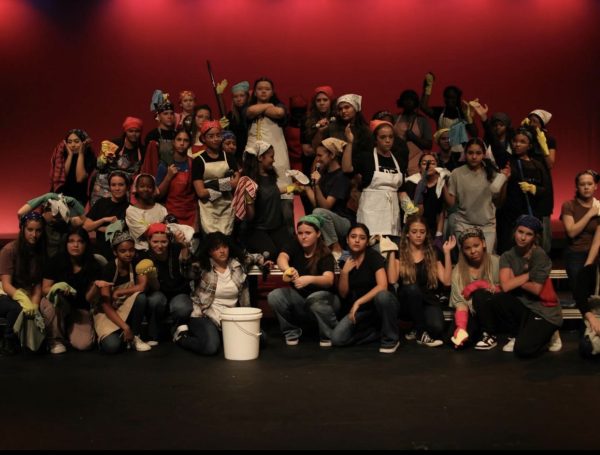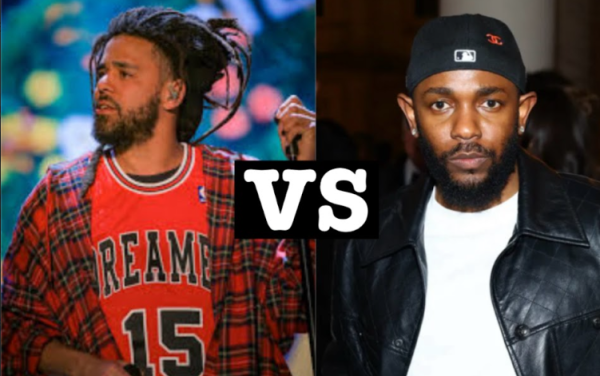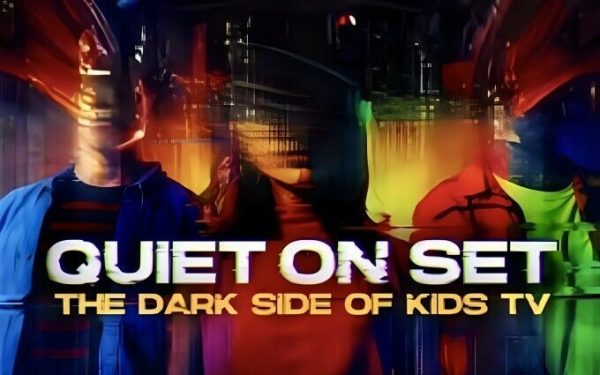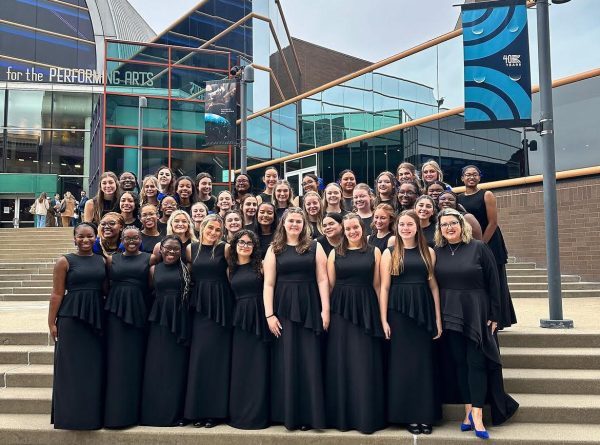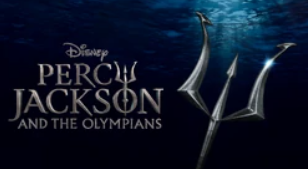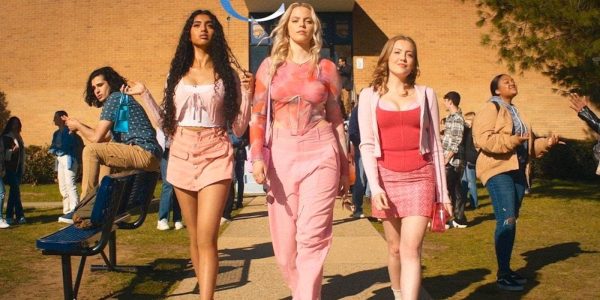Synder’s Cut Justice League Review
*Spoiler Free*
“Zack Snyder’s Justice League,” out now on HBO Max, bears very little resemblance to the version of “Justice League” directed by Joss Wheadon in 2017. For the most part, reviews for the original cut weren’t great. The movie seemed like a bad mishmash of conflicting ideas and tones, which led it to be panned critically and it was also a financial disappointment. Original director Zack Snyder, who stepped down midway through the production due to a personal tragedy, dusted off the original footage years later and shot new bits and compiled a four-hour cut. It’s that distinction, that Snyderness, that also sets the new Justice League apart. Since his adaptation of 300 hit theaters in 2006, Snyder has established himself as a director who’s impossible to imitate. His aesthetics—a clear love of slo-mo, grungy and dark (yet somehow still saturated and colorful) visuals, pointed needle-drops, and a lot of chiaroscuro—is nothing if not in-your-face, and overwhelming when seen in a movie theater. To wit, the Snyder Cut’s new aspect ratio is designed to overwhelm; the film is meant to be seen in the Imax format (although for now, the only place to see it is on HBO Max). It is a back-breaking four hours and two minutes long (in contrast to the compromised, two-hour 2017 theatrical release version of Justice League. Self proclaimed DC-fanatic Mr. Houvouras, believes “the runtime was great” and that “it really allowed for more character development.”
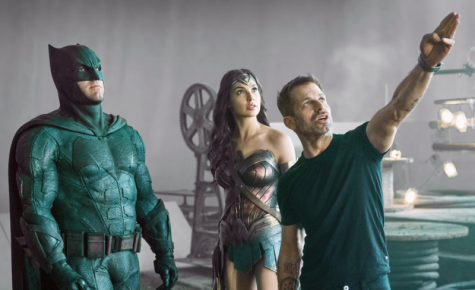
Warner Bros. Pictures/courtesy Everett Collection
As the movie begins, the whole world is in mourning Superman’s death while simultaneously terrorized by intergalactically evil Steppenwolf (voiced by Ciarán Hinds), who is after three “mother boxes” that are somewhere on Earth, three occult crucibles of cosmic power which give their owner complete universal control. In reaction, Bruce Wayne assembles a crew of superheroes, the Justice League, to defend the planet in Superman’s memory.
There are times when you’re convinced it’s entering the final act, only to realize there are still more than two hours to go. But lose all these melodramatic nuances and narrative distractions, and you’d lose what makes the film special. Ronin Booher accredits some of this uniqueness Snyder’s aesthetic choices specifically, his “change from a red dingy background to a softer background in the end fight scene”, enhancing his viewing experience.
Early on, we’re introduced to one of our heroes, Cyborg, a.k.a. Victor Stone (played by Ray Fisher). His back story is a pretty simple one: A young man and star football player is almost killed in a car accident, and his emotionally distant father, a scientist, uses alien technology to bring him back. Snyder’s version does not add much to that storyline, but his style fills in the emotional depth.

A shot of Victor, pre-Cyborg, looking at the empty seat next to his mother: the seat where his workaholic scientist father (Joe Morton) should have been. Then we cut to Victor arguing with his mom in the car on the way home about his dad’s not being there. During their argument, Mom takes her eyes off the road, and sure enough, another car crashes into them. Cut to the hospital. Mom is dead, and a comatose Victor is about to die. His grieving, desperate father decides to rebuild him; we are now in the dad’s flashback, as Snyder continues to stack tragedy upon tragedy. It says everything it needs to about his family life, and isolates him even before he’s forced into hiding after his resurrection. Four hours might seem unnecessarily long, but in this case, it allows for time to see these characters when they aren’t superheroes, and makes them more human as a result. Mr. Houvouras adds that, “by focusing on the newer, younger characters, Snyder made us care for them more.” Cyborg’s narrative in the original release of Justice League seemed rush to many viewers; there was a moving father-son dynamic, but clearly, much of the character never made the final cut. Along with Cyborg, this new version of the film makes Steppenwolf’s plans clearer through elaborating on his complicated relationship with Darkseid. Snyder thinks his work has a sense of dark and edginess — “I would rather f*** you up in a movie than make it nice and pretty for everybody,” he recently told the New York Times.
The actual story of Justice League (the one about yet another alien invasion of Earth and bad guy from beyond trying to obtain yet another series of magic objects) is its least interesting part. One might even argue that it’s even less interesting today than it might have been in the year of its initial release, since the film’s villain, Darkseid (who was mostly absent from the original cut), bears more than a passing resemblance to Marvel’s Thanos, the chief antagonist of the most recent Avengers cycle. In the comics world, as Ronin notes, “Thanos was like a Darkseid ripoff”. There are other problems here as well. This new Justice League is still packed with a lot of computer-generated effects that make the action feel unreal. “Not to mention the overkill use of slo-mo”, Matthew Cary comments. “It doesn’t add much visually after the second or third time throughout the movie”. Aside from Gadot’s Wonder Woman and the Amazons at the film’s start, the female characters here are mostly mopey and have little purpose beyond supporting the men. “The most annoying thing was the use of Wonder Woman’s music. Every time she moves her magical bracelets, we have to hear her song and everything slows down, notes Mr. Houvouras”.

The Snyder Cut has its share of problems, when you get the best of Snyder, you can also get the worst, nonetheless it is an undeniably passionate and moving film.

